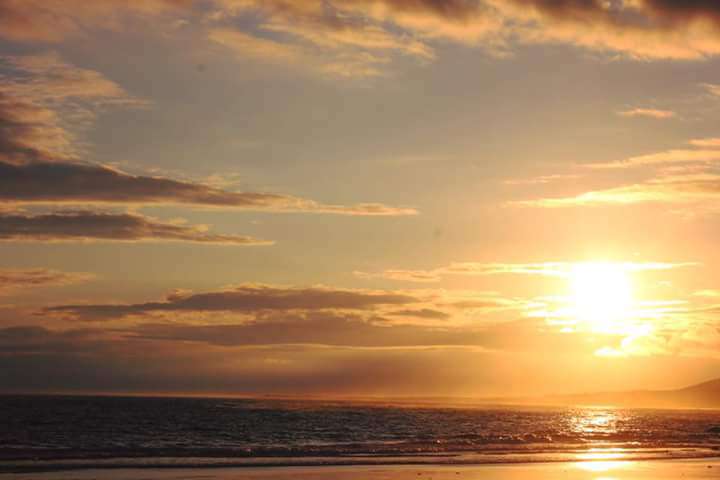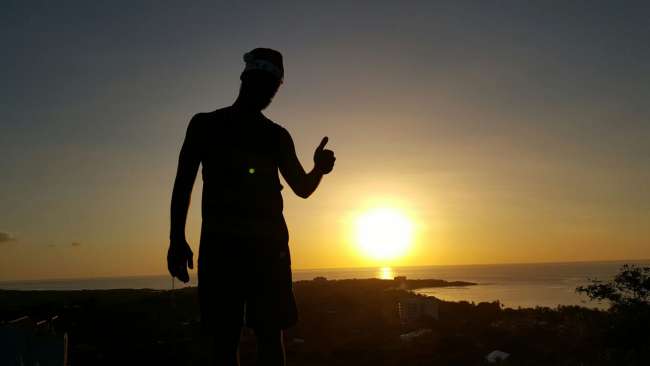Bolivia Pt. II / Potosí & Uyuni
Diterbitkan: 10.02.2017
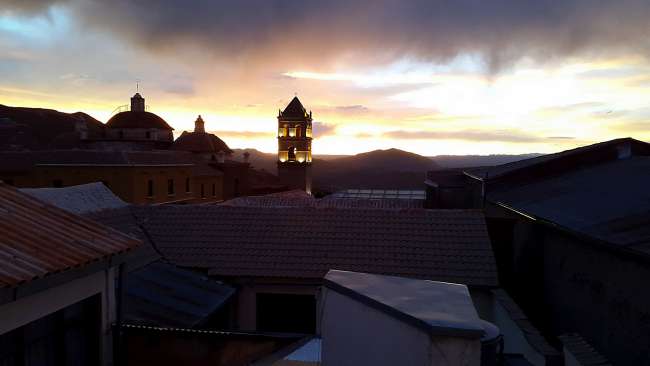
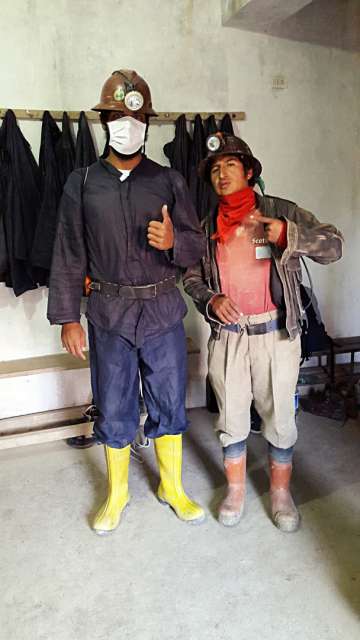
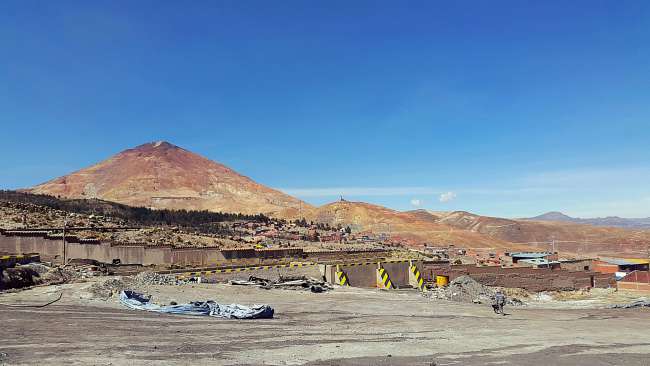
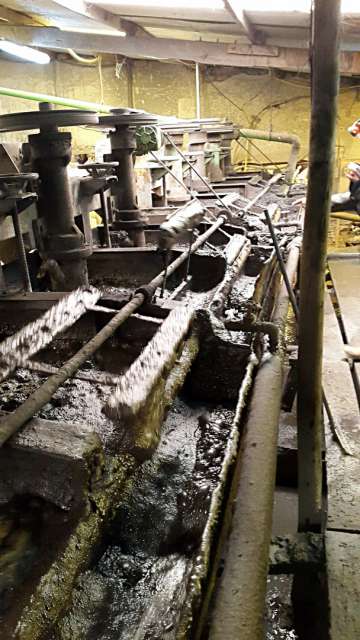
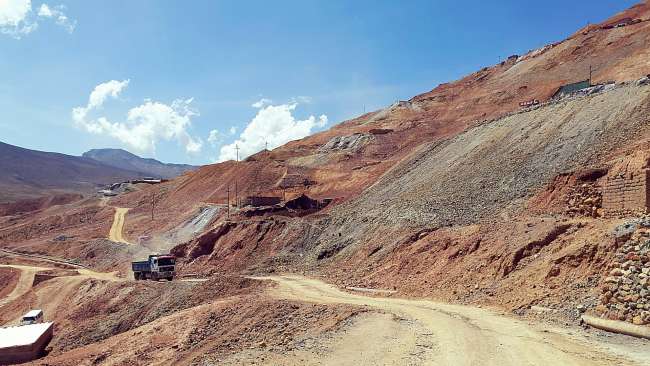
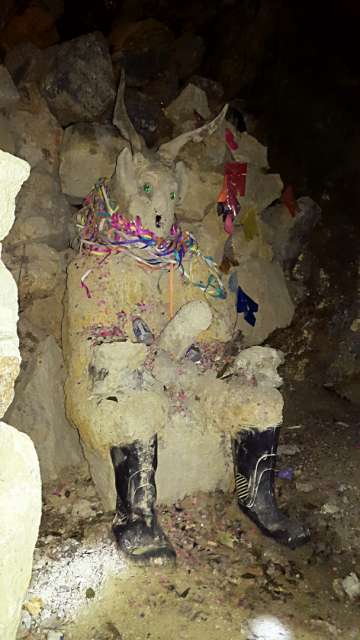
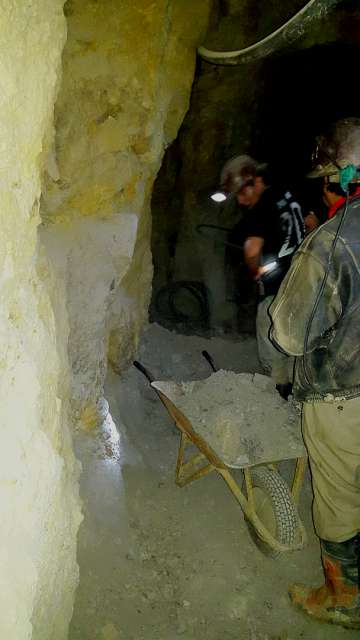
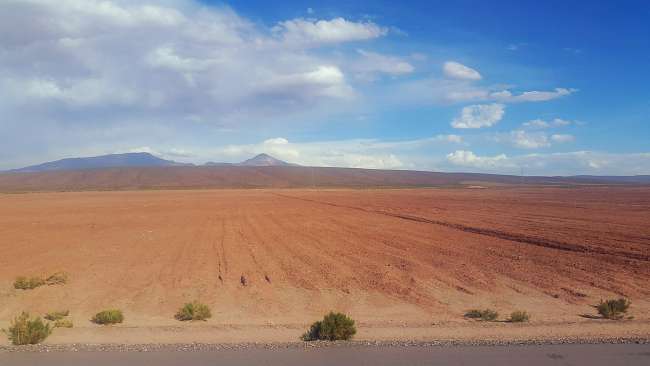
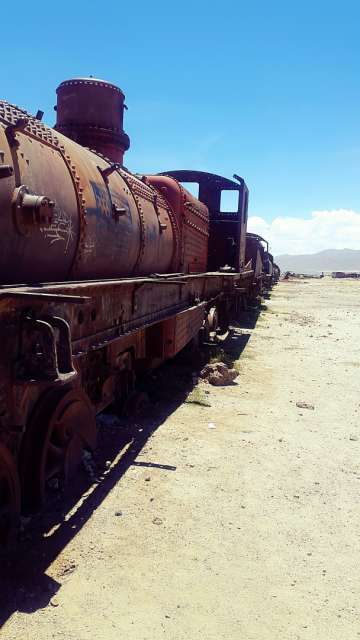
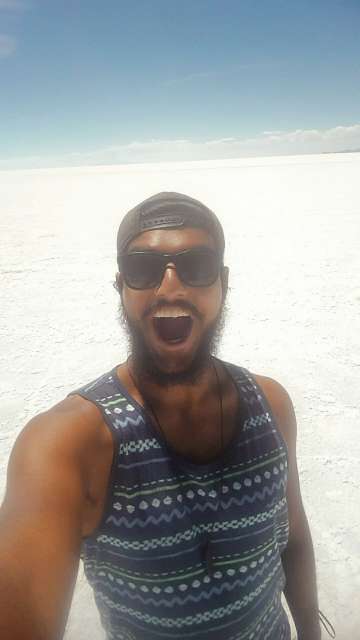
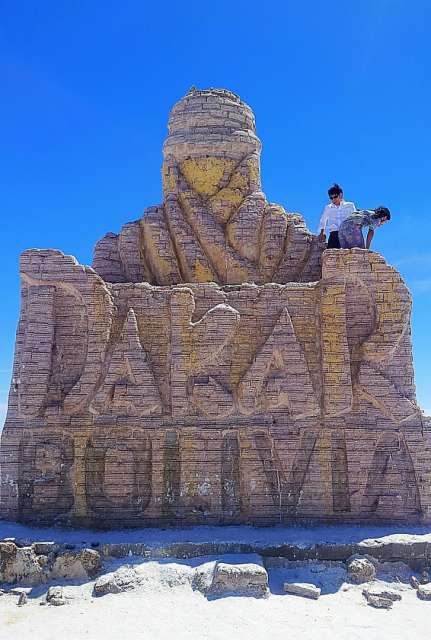
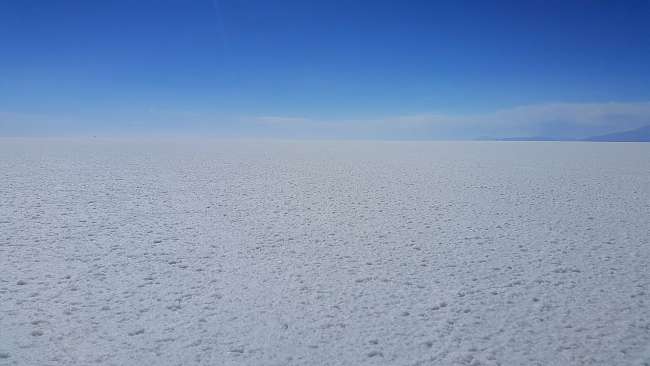
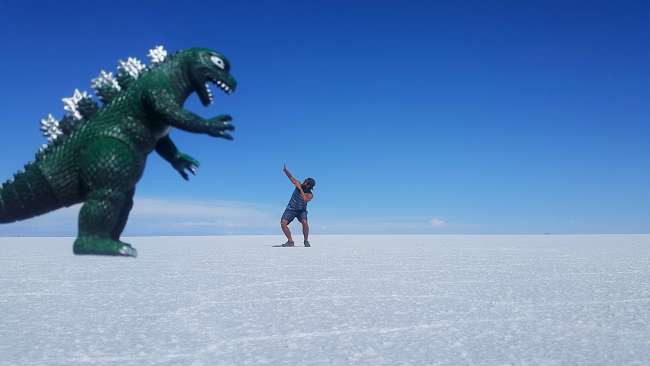
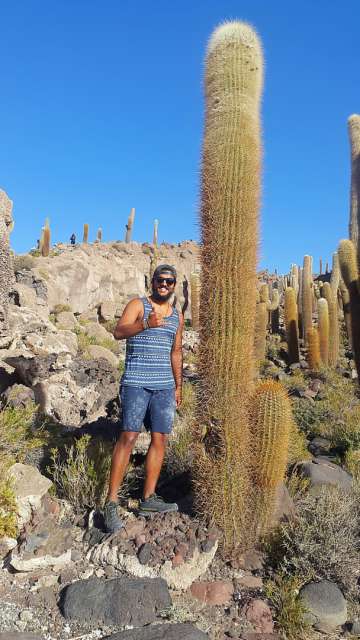
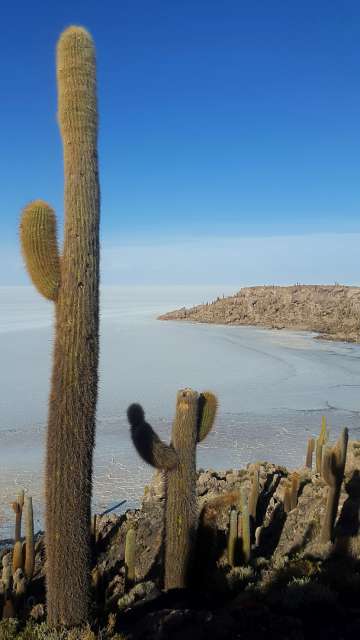
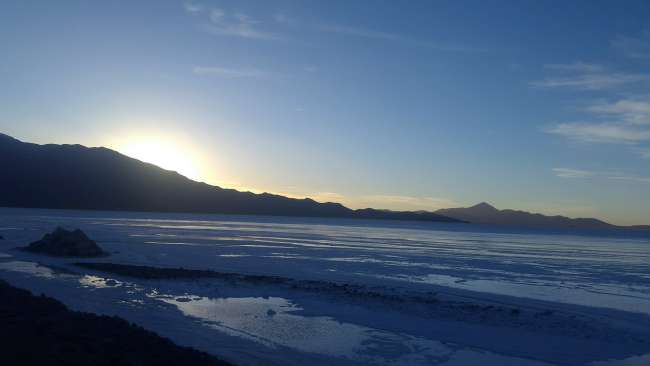
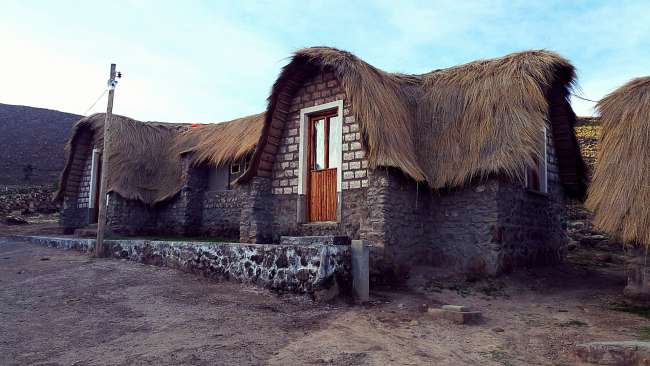
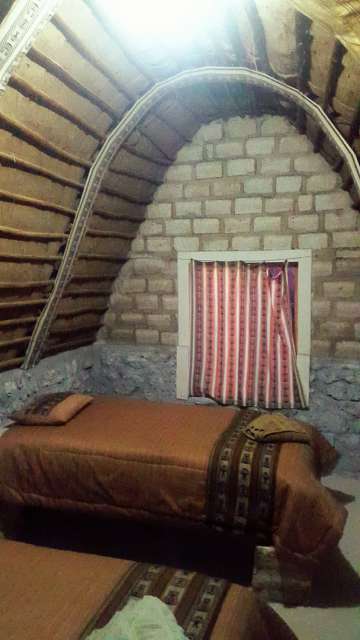
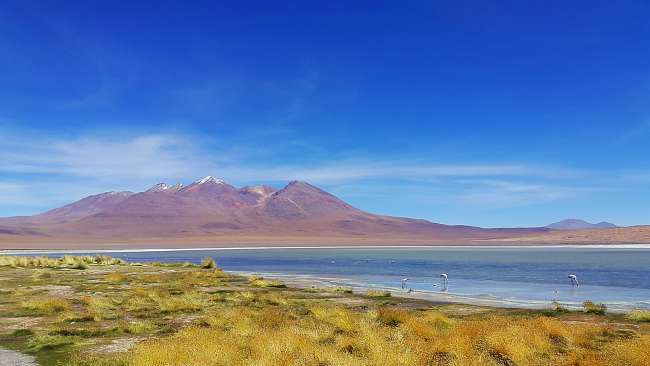
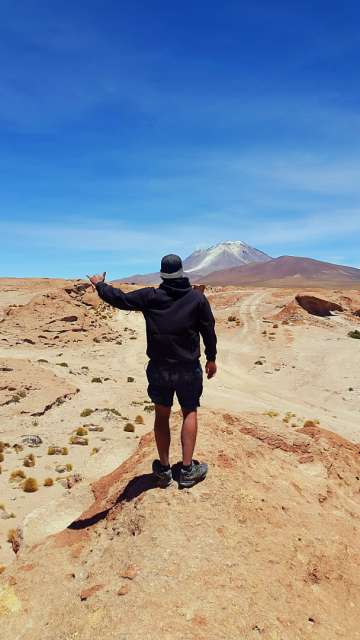
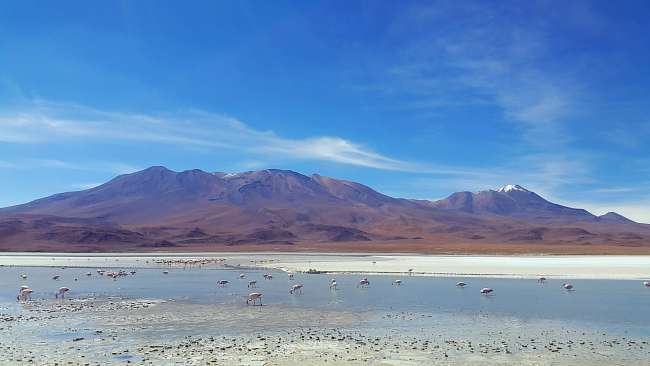
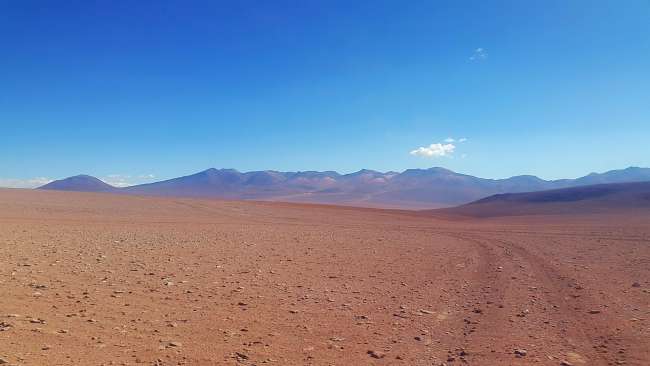
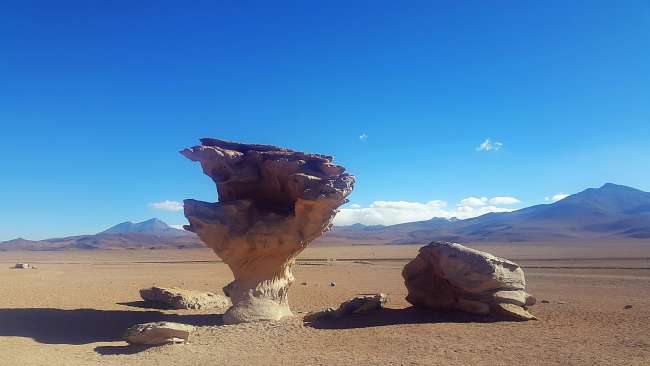
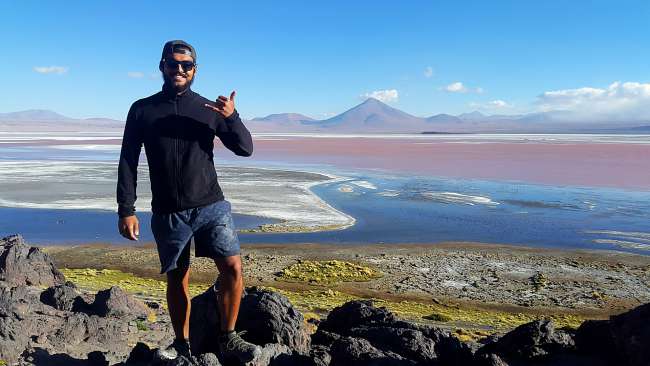
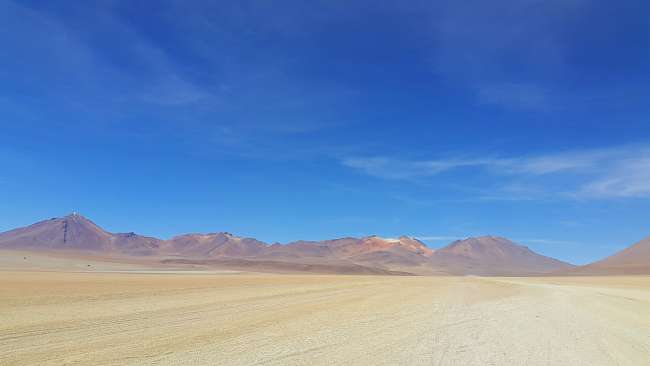
Langgan Surat Berita
My journey in Bolivia continued in Potosí. For the four-hour trip, I bought salteñas. Salteñas are filled pastries - super delicious! The bus rides were not as comfortable as in Peru. During the layover, our driver put a stone behind the wheel to prevent it from rolling xD
Potosí
Potosí is known for its silver and zinc mines. A guided tour through the labyrinth was a must. First, we went to the miners' market. Here, you could buy dynamite without any control - even minors! Dynamite is used to blast new tunnels in the mines and reach the silver or zinc. Before we entered the mines ourselves, we had to dress accordingly. Safety shoes, helmet, and headlamp - the full package. In the mines, we saw the miners and gave them something to drink and eat. They all work independently in the mines. Most of them work in groups of 2 or 3 to collect the minerals. At the end, the minerals are weighed and inspected. The miners are then paid based on the quantity and quality. On average, they earn $500 (US dollars) per week. In the heart of the mountain lives the 'owner' of the silver and zinc mines - 'El tio'. He watches over the workers and ensures that there is always silver or zinc to be found. For over 500 years, the search for silver or zinc has been exclusively carried out by men. They usually start working in the mines at the age of 16. Due to the harsh conditions, they have an average life expectancy of 55 years.
It was very impressive to see that the workers were happy with their work despite the extreme conditions...
Uyuni
The journey to Uyuni was made on the same bus and took about four hours. Along the way, we encountered some llamas again. The closer we got to Uyuni, the sandier the surroundings became. I could also see a sand tornado from a distance. The center of Uyuni is charming. In the middle of the main square, there is a tower with a clock that is illuminated at night. We had the supposedly best pizza in all of Bolivia at a restaurant called 'Minuteman' - and it was actually good. After that, we ended up at the trendiest bar in town - Extreme Fun Pub. Daniel and I took on the 'Extreme Drink Challenge'. It consisted of 10 different drinks - 4 shots and a 0.5-liter drink per person. One shot contained 96% alcohol and the half-liter was mixed with various spirits (vodka, rum, gin, etc.) and beer. I started with the first four shots and the jug, then it was Daniel's turn. The record time is 35 seconds. Unfortunately, we needed 46 seconds, but we earned a spot with a photo and time on the wall of the bar.
Salt Flats
We spent 2 nights and 3 days in the salt flats of Bolivia. It is over 12,000 square kilometers in size and is not just white, as many people think. We had four SUVs that took us through the Bolivian desert. Our drivers used the mountains for orientation. On the first day, we visited the train cemetery with old, rusty wagons. Once, the tracks led all the way to the south of Chile. We also saw the official meeting point of the Dakar racers. At this point, a massive Dakar statue was built. The race route goes through the salt flats and mostly continues in Chile or Argentina. The whitest part of the desert was perfect for taking the famous photos or videos... We spent a good three hours there and came up with all sorts of poses. We were covered in salt from head to toe because we even lay on the salt. The last stop of the day was at 'Fish Island'. This island has thousands of giant cacti. We crossed the island and then drove to the accommodation in Santiago de Achenca. The tiny village consisted of about 20 huts - mostly made of salt! On the second day, we first visited the 'Gruta de las Galaxias'. A beautiful cave that used to serve as a mummy graveyard. The landscape on the second day was really beautiful. We stopped near Volcano Callahua, which was active at the time, and saw many lagoons. Flamingos could be seen everywhere. Finally, we drove to the 'bosque de pietras' - forest of stones. There was actually a tree made of stones. We climbed the highest rocks and enjoyed the view. The second night in the desert was again in the middle of nowhere and very simple. Bed, shower, and shared bathroom. The last day in the salt flats was also my last day in Bolivia. We saw more lagoons and the so-called Dali desert - a sea of fine sand. We arrived at the border with Chile around noon. A small house served as the migration office for Bolivia. To leave the country without any problems, we had to pay a 'fee' (bribe) of 15 Bolivianos per person. These are equivalent to 2.- CHF. I put the money in my passport and handed it to the border guard. Everything went smoothly. 😉
Langgan Surat Berita
Jawab

Laporan perjalanan Bolivia
